What Types of Processes Exhibit Control?

What is the purpose of a procedure? To decrease variability? To ensure product and process consistency? Well, as you decrease process variability, you increase process control. Management needs control: management control, process control, internal controls, and controlled outputs. Policies and procedures help provide controls that management wants and that regulators or auditors demand. Control is also a crucial element of corporate governance. Do you know the three types of processes that exhibit control?
The Need for Compliance
The need for compliance only increases (It never decreases, does it?). In recent years, we’ve seen accounting procedures required by regulations (e.g., Sarbanes-Oxley, Eighth EU Directive) to combat fraud and misrepresentation.
In manufacturing and in services, certain procedures are required for ISO 9001 Quality conformance. The FDA (in the US) and the EMEA (in Europe) require a host of Good Practices, such as Good Manufacturing Practices (GMPs) and Good Laboratory Practices (GLPs).
However, compliance is a result, not a cause. To get to the root of “why we need procedures”, we need to look at what needs to be in control.
Processes, Procedures, and Control
There are three types of processes, each exhibiting a different level of process control: (1) the ballistic process, (2) the controlled process, and (3) the adaptive process.
Ballistic Processes
The ballistic process is the most common of the types of processes…and the least useful. Basically, any process that cannot be controlled and cannot produce consistent results is a ballistic process. A good example is “testing golf balls”: a person cannot hit a ball exactly the same way every time, so equipment makers use robots for testing. Any process that doesn’t provide adequate feedback to allow you to correct problems and gain consistency is a ballistic process. Ballistic processes do not have process control.
(Notice how we talk about “process” and “procedure”. For our purposes, a process is “what we do”, while a procedure is “a description of what we do”, or “a set of instructions”.)
Perhaps you’ve seen the ballistic process at work in the educational system. Teachers present material in the way they want — if you don’t understand the material, that’s your problem. Results of this process include the need for tutoring, students falling behind (and sometimes failing), losing interest, and leaving the system. You know there’s a better way.
Controlled Processes
Another one of the types of processes is controlled processes. When we talk about “control”, we don’t mean dominance or power. Process control means that “the inputs of the system are manipulated or transformed to realize an expected output.” The key is monitoring the inputs and outputs, making corrective changes to the process based on what you’ve observed in order to achieve the desired “transformation of inputs” and/or output. How does this relate to our classroom scenario?
In a controlled process, the teacher presents the material, then checks the students’ understanding. If students are not transforming the material into knowledge, as expected (expectations based on statistical modeling of past student behavior), the teacher takes corrective action to fix the process, not the students.
Note that the controlled process involves making adjustments to the process to compensate for the variance of student behavior, while the ballistic process requires the students make adjustments to their behavior to compensate for their “learning problem”.
The ballistic process is easier to create and use, and requires much less of the teacher. But with a controlled process, the teacher has to figure out why the student is not learning as expected. The key is “understanding what is expected”; data on past performance frames our expectations, and helps us determine what changes to make to the process or system. This is the essence of process control.
So, if we respond to our students needs and the process is being changed, are we done? Not quite yet.
Adaptive Processes
The ultimate process is “one that learns”. This is an adaptive process — one that “can change over time to improve effectiveness”. The idea behind this one of the types of processes is to review all the changes being made to the process in order to compensate for the student learning variance:
- Are the right changes being made?
- Are enough changes being made?
- How has the environment changed?
Step back and look beyond the process. Perhaps the learning methods employed are twenty years old; new methods have probably been invented or new technology has come out.
Over time, with enough input data and enough process changes, we eventually reach a limit to the process’s effectiveness. Changes become so incremental, so small that the effort required to change isn’t worth the diminishing level of returns. In that case, it’s time to adapt, or evolve to a new state.
We don’t want “change for change’s sake”: we want methods and technologies that can improve process effectiveness. Going back to the classroom example, this may mean a complete course redesign.
We must be open to new ideas. We can’t dogmatically cling to the old ways, especially if it can be proved that the new ideas are more effective. As you might expect, an adaptive process is the hardest to create.
Management Systems Control
Procedures provide control…but what kind? Organizations are groups of systems, all of which require systems controls. A ballistic process is about dominance. A controlled process is about achieving an expected outcome. The adaptive process is about the future: achieving an expected vision for your organization and delivering the ultimate control management is really seeking.
What Types of Processes Do Your Written Procedures Describe?
We’ve been talking a lot about control because it’s the number one reason why people develop procedures. Management needs to take control of, or improve its control over, a bad situation. Historically, the procedures they commissioned only described existing processes — ballistic processes. To really improve the process, we must understand the system, expected outcomes, and have good data describing the process.
Learn how you can improve your organization! Attend our upcoming classes, How to Create Well-Defined Processes and/or ISO 9001 Auditor/Lead Auditor Training.

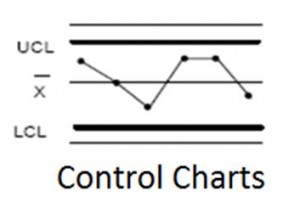
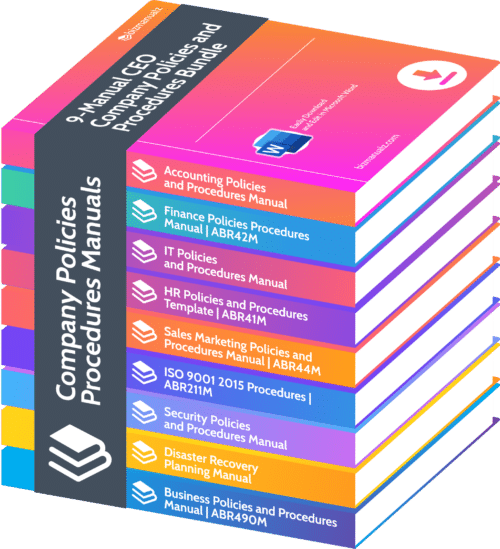
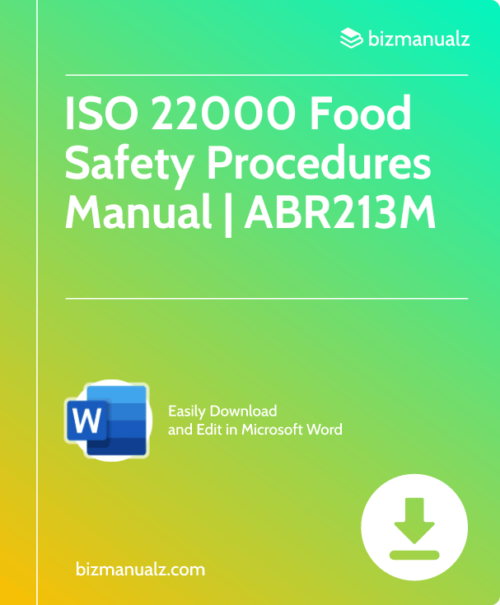
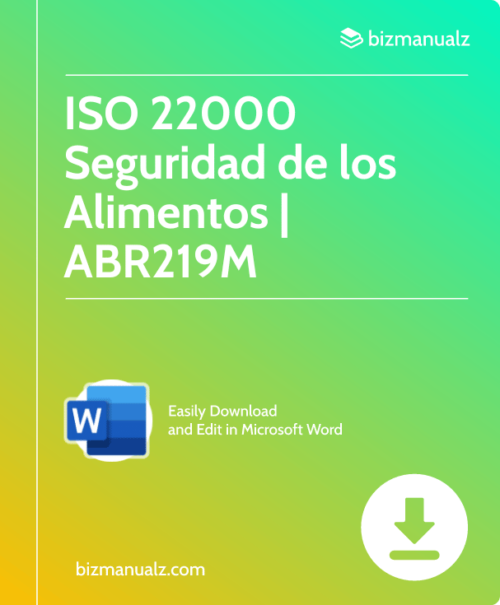
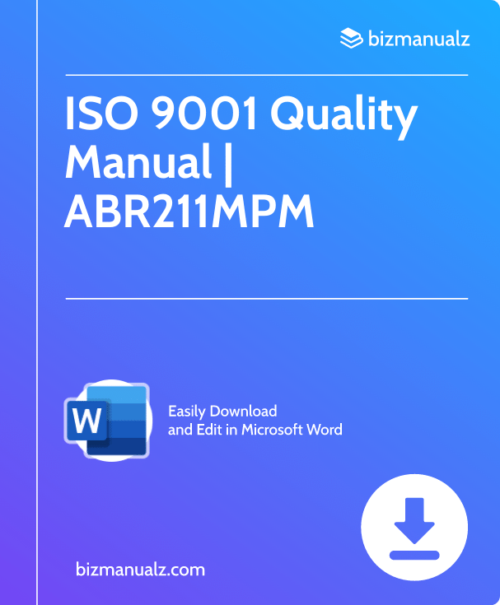
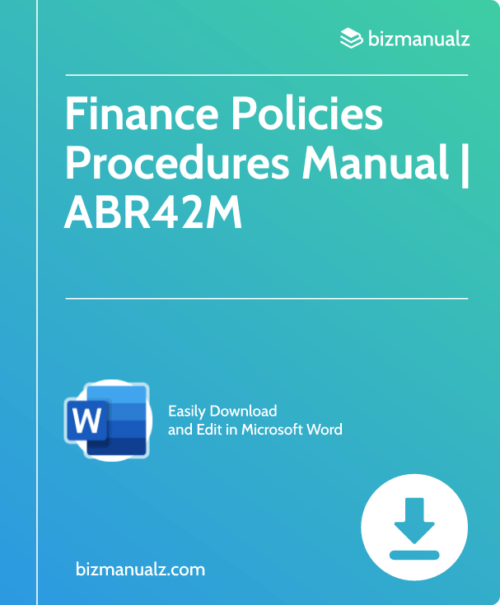
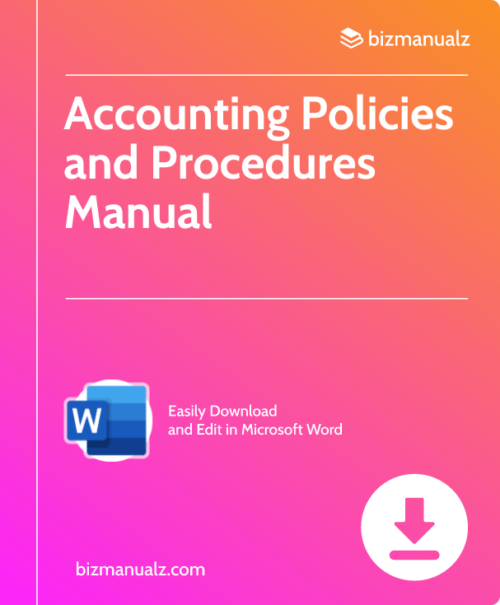
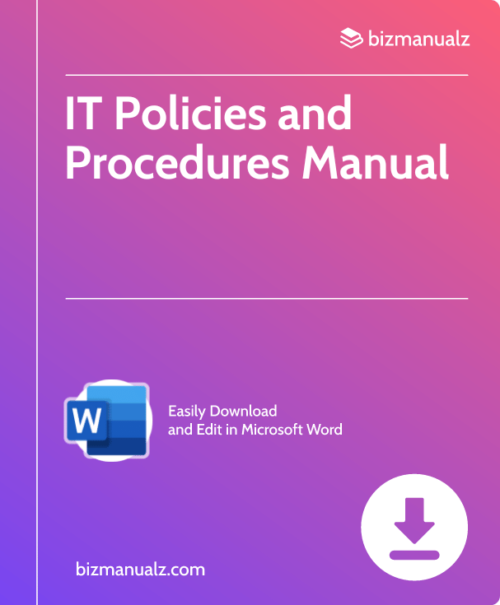
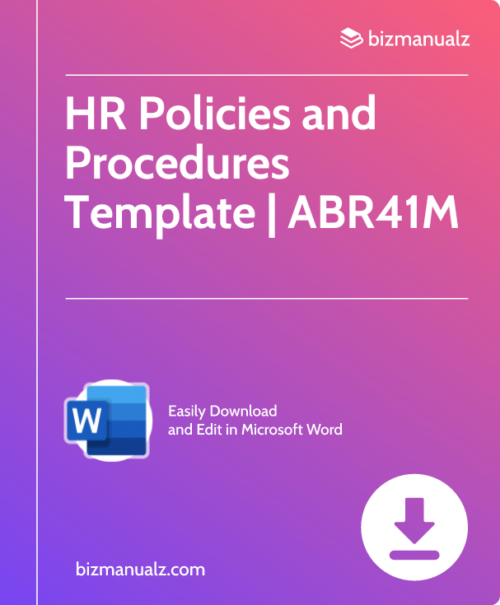
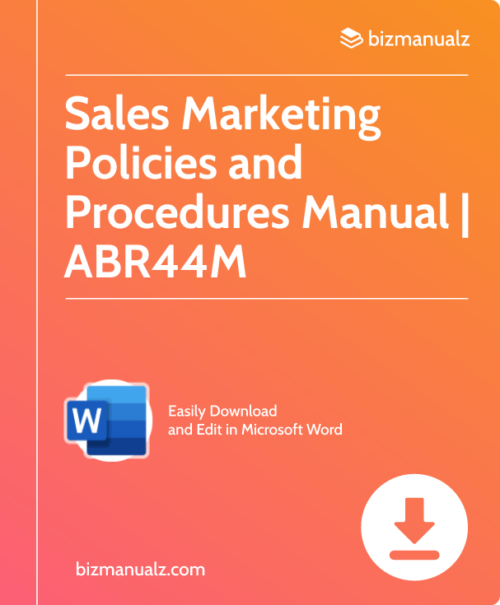
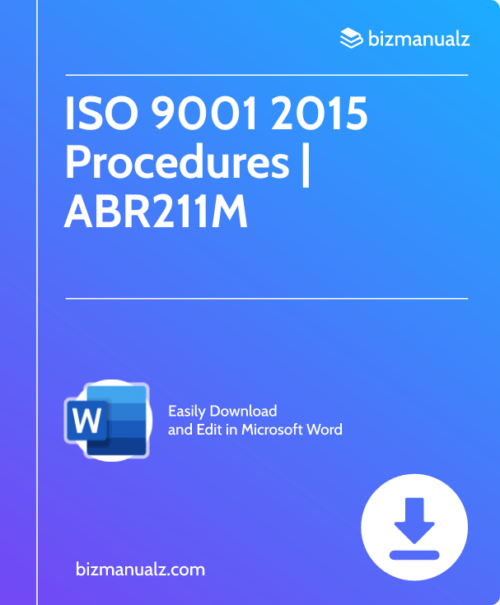
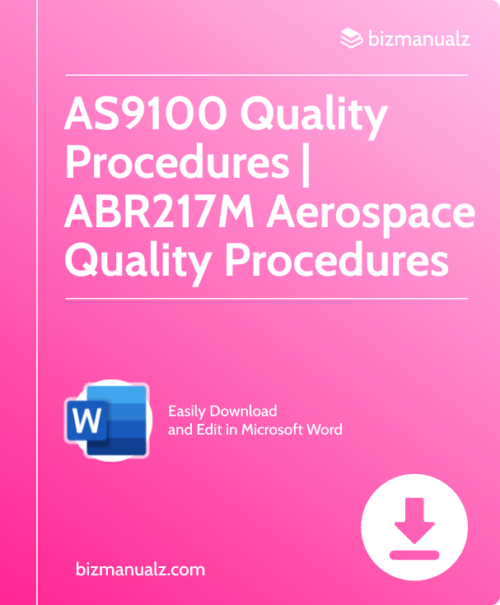
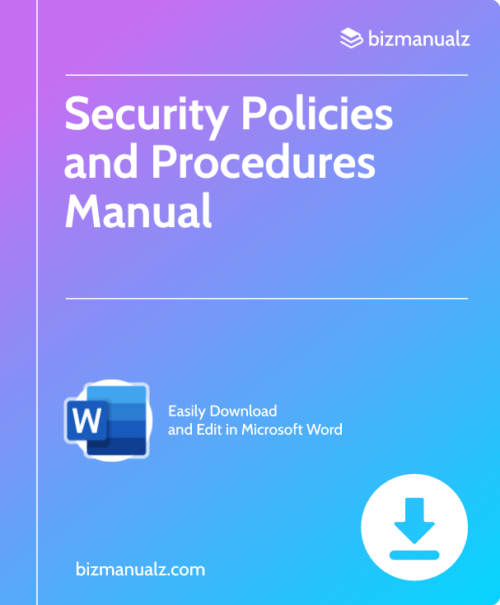
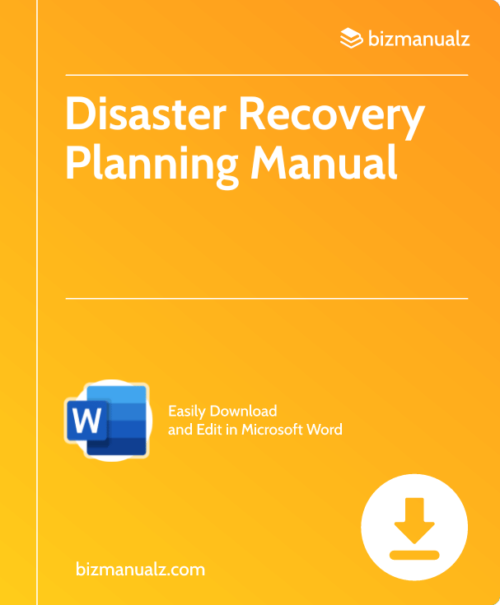
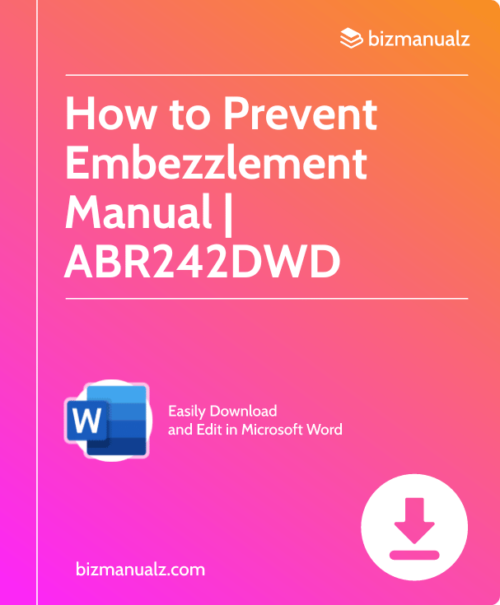
Leave a Reply